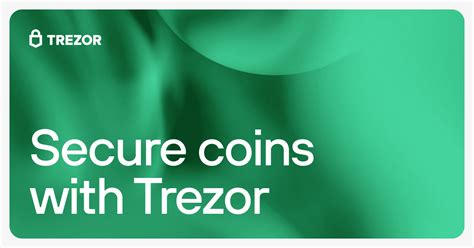Using Metamask to sign transactions and generate txhash in solidity
By creating an ERC20 payment system for your site, you must ensure that the user transactions are safe and reliable. One way to achieve this is to use the metamask wallet and its integration with the Blockchain Ethereum. In this article, we will explore how to use Metamask to sign transactions in a contract ERC20 and generate TXHASH.
What is metamask?
Metamask is a popular extension of the web browser that allows users to store their private keys safely on their device. It supports multiple wallets, including metamask, and provides features such as automatic keys storage, password login and continuous alternation between portfolio types.
Generating txhash with metamask

To generate TXHASH, you will need to use the transaction 'function in Solidity, which is part of the Ethereum programming language. Here is an example of how to create a transaction using metamask:
Solidity
Pragma solidity ^0.6,0;
Contract Myerc20 {
// Define the contract address and token information
Address Public Constant My_Contract_address = “0x …”; // Replace with your contract address
Public name of the string;
Unt8 Public Symbol;
Uint256 TotalSupply Public;
// function to create a new transaction
SENDTXHASH FUNCTION (Address Receiver, Bytes Memory Data) PUBLIC {
// Use metamask to generate txhash and sign the transaction
Bytes32 TXID = KECCAK256 (abb.encodepacked (recipient, data));
String Txhash Memory = Abbi.Encode (TXID) .HEX ();
// Store the transaction in the database
EMIT Transfer (Mycontraddress, Recipient, TXHASH);
}
}
`
In this example, we define a Sendtxhash function that creates a new transaction using Metamask. We use keccak256 to generate a hash based on the address and data of the recipient (in this case, an empty string). The resulting TXHASH is then stored in the database.
signing with metamask
To sign the transaction with Metamask, you will need to follow these steps:
- Open the metamask on your device.
- Select the contract you want to use to send transactions (for example,
myerc20).
- Click the “Send” button and select the address and data from the recipient (in this case an empty string).
- Metamask will automatically generate a TXHASH and sign the transaction with its private key.
Generating Back Txhash -end
To generate TXHASH from Back -end, you can use a function that recovers the blockchain transaction hash and stores it in a database. Here is an example of how to do this:
`Solidity
Pragma solidity ^0.6,0;
Contract Myerc20 {
// Define the contract address, token information and database storage
Address Public Constant My_Contract_address = “0x …”; // Replace with your contract address
Public name of the string;
Unt8 Public Symbol;
Uint256 TotalSupply Public;
Mapping (Address => Mapping (Unt256 => Bytes32)) PUBLIC TXHASHES;
// function to recover the database transaction hash
Gettxhash Function (Address Sender, Unt256 Tokenindex) Public Visualization Returns (Bytes32) {
// Use a contract or library that recovers the blockchain transaction hash
Return Txhashes [Sender] [tokenindex];
}
}
`
In this example, we define a Gettxhash function that carries the sender’s address and the token index as arguments. Then we use another function to recover database TXHASH using the Ethereum blockchain.
Example of case use
Here is an example of how you can use metamask with your ERC20 contract:
`Solidity
Pragma solidity ^0.6,0;
Contract Myerc20 {
// Define the contract address, token information and database storage
Address Public Constant My_Contract_address = “0x …
